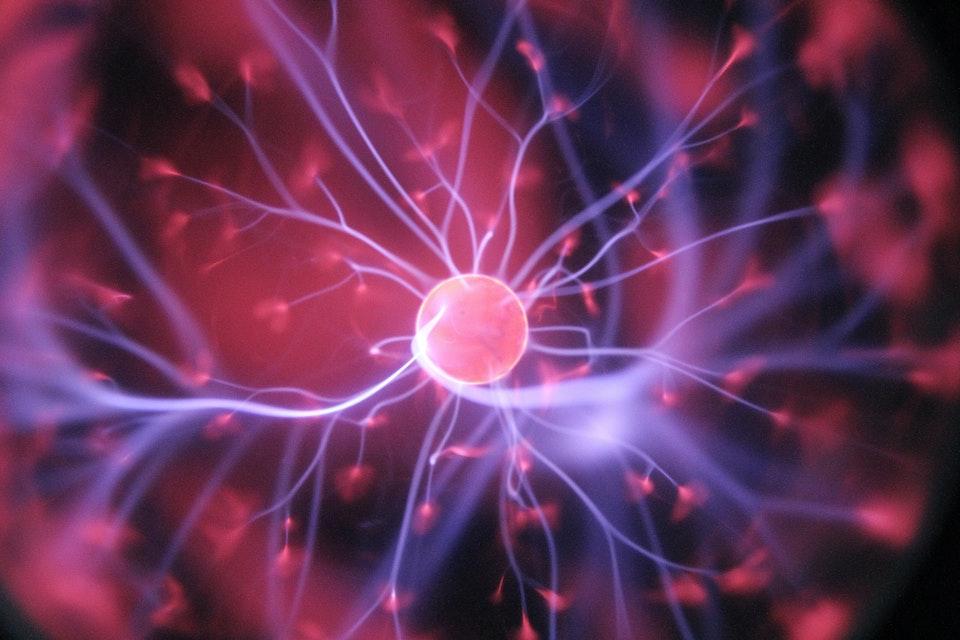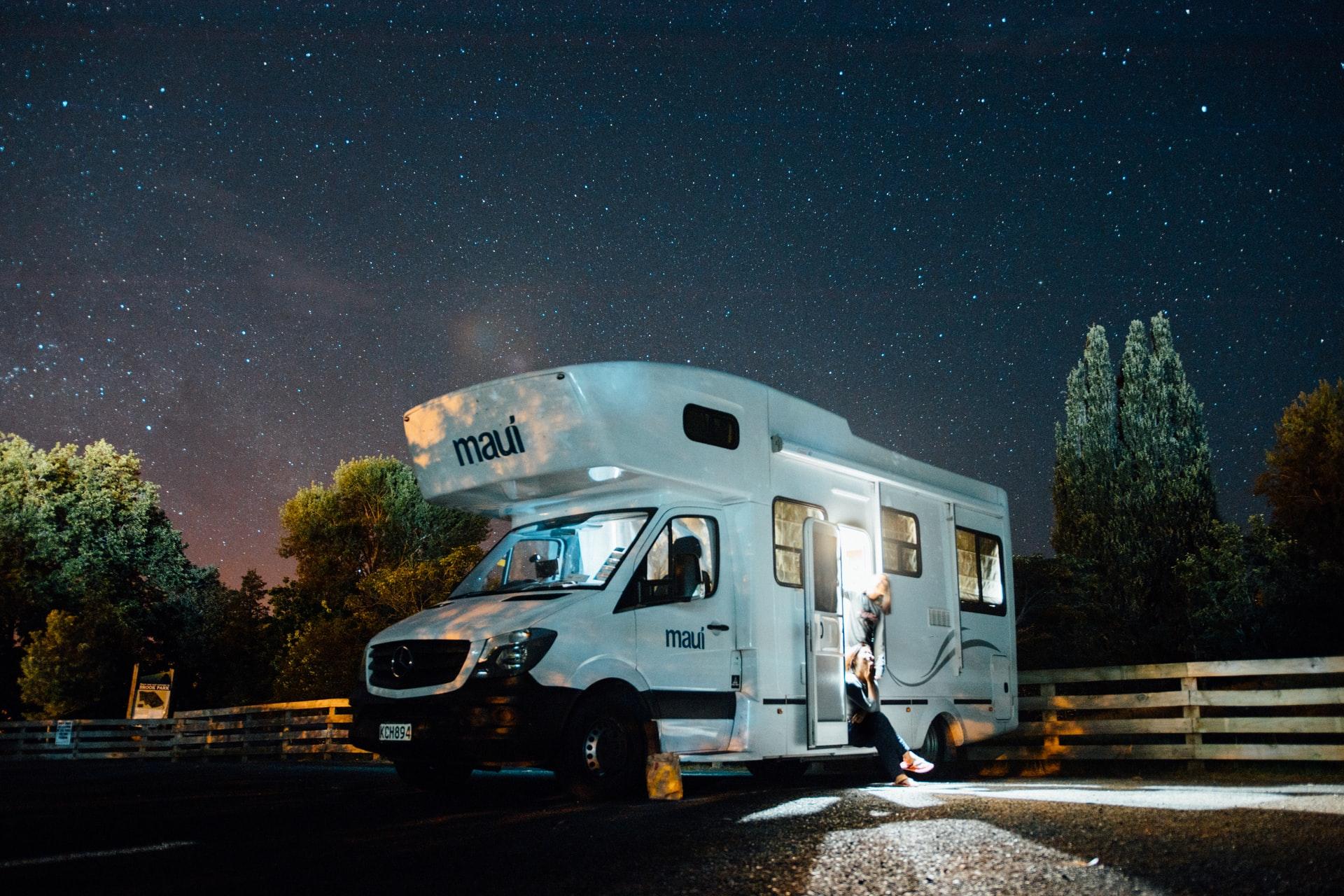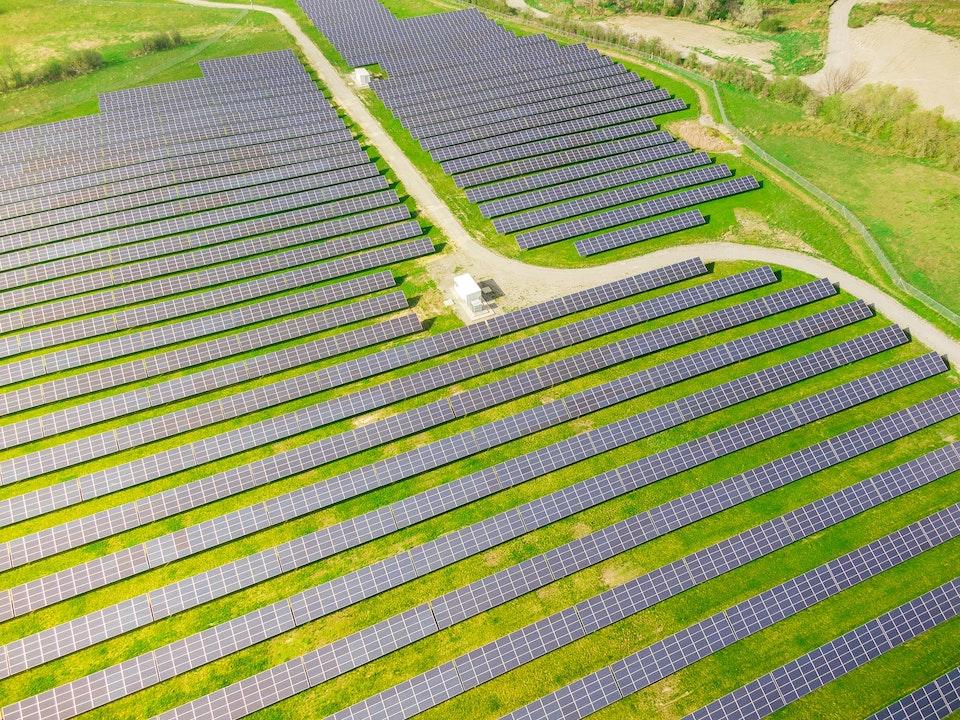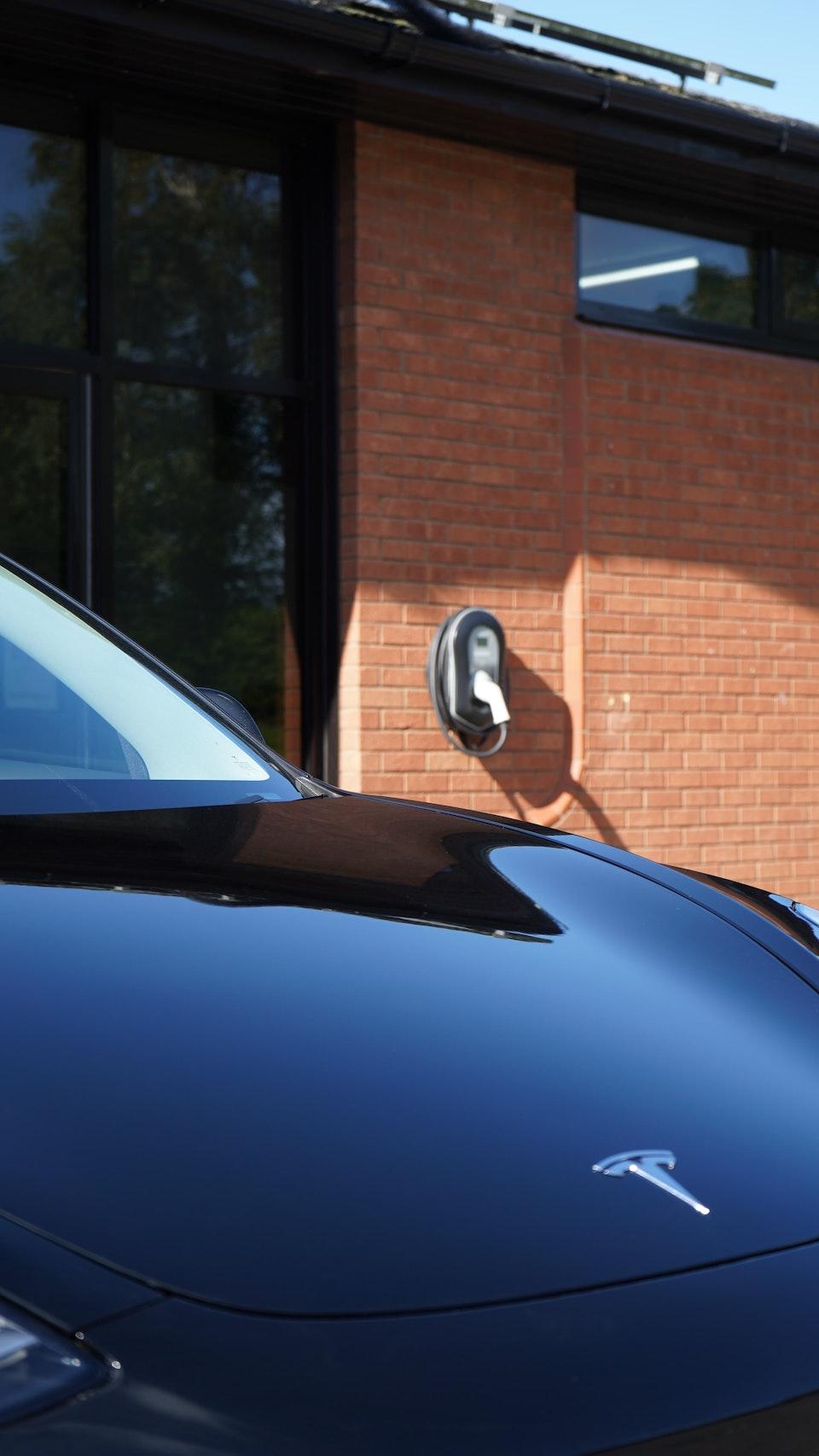It feels like years have passed since I wrote my first blog but now that we have just launched our range of solar PV panels, I thought it best that I create a quick and simple blog on what PV panels are and how they work.
What is a solar panel?
Solar panels or PV panels are generally the same thing but to give it its real name, a “photovoltaic solar module” is a simple device that has no moving parts but collects power from the sun and converts it into electrical energy. It does this in a way that requires no additional power supply other than the sun’s rays and is widely considered to be a very “green” energy source.

How does it work?
In simple terms, the solar panel is activated when light (photons) from the sun’s rays hit the silicon in the solar panel. The photons excite the electrons inside the silicon, causing them to free themselves from the silicon. Owing to the unique structure of the silicon in the solar panel, the electrons can only move in one direction, creating an electrical current. This is referred to as the Photo voltaic effect.
This electrical current is then “captured” and stored in a battery that’s placed in the circuit. This in turn restores the electrons in the panel silicon, creating a simple electrical circuit.

How is this useful to me?
Have you ever been to a festival or camping in a tent/caravan and found that your phone is very low on charge? Well, this is where solar power really comes into its own, giving you power to charge the phone battery where there isn’t a standard mains supply available.
The solar panel charges a battery until you need it for off-grid applications like charging your phone, remote lighting, electric fencing,caravans, boats, motorhomes and even roadside signs etc.
At SolarGo2, we specialise in these applications, giving you useable power for lighting, security systems or even just your mobile phone, when you can't access a mains power source.

When lots more power is required, many solar panels can be wired together and used to run a grid connected inverter, in some cases feeding energy back into the national grid. This type of system can often be seen on house/building roofs and, at an even larger scale, as a solar farm in large fields.
The inverter in these larger systems takes the output of the solar panels and converts it directly to mains power (without the need for a storage battery.) That power is then returned to the mains grid that powers our homes and factories available for whoever needs the power at any time.

The future?
But wait, solar technology is progressing very fast. You are now able to get large battery systems for your home, storing all the excess power from your solar system when you’re not using it and ready for you need it, for example during the evening.
It’s a very clever system that can make a big difference to your everyday electricity bills but the initial cost of an installation in your home or office can be quite high.
However, as we move towards electric cars, and replace our gas boilers with heat pumps, demand for electricity will increase and this is where, I believe, battery storage in the home will come into its own.

As always, I hope this has been an informative read and has made the workings of a solar panel a little easier to understand. If you have any questions on any of this in regards to the SolarGo2 product range, please contact us and we will endeavour to help you out.
Sean
